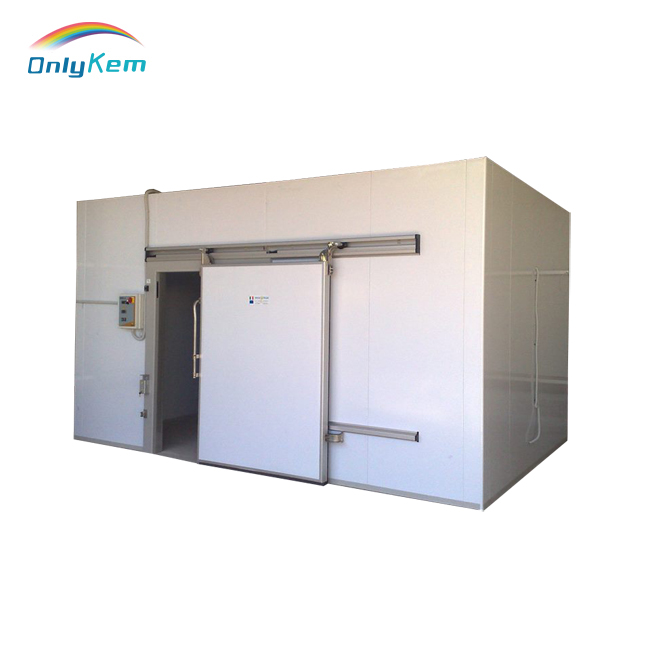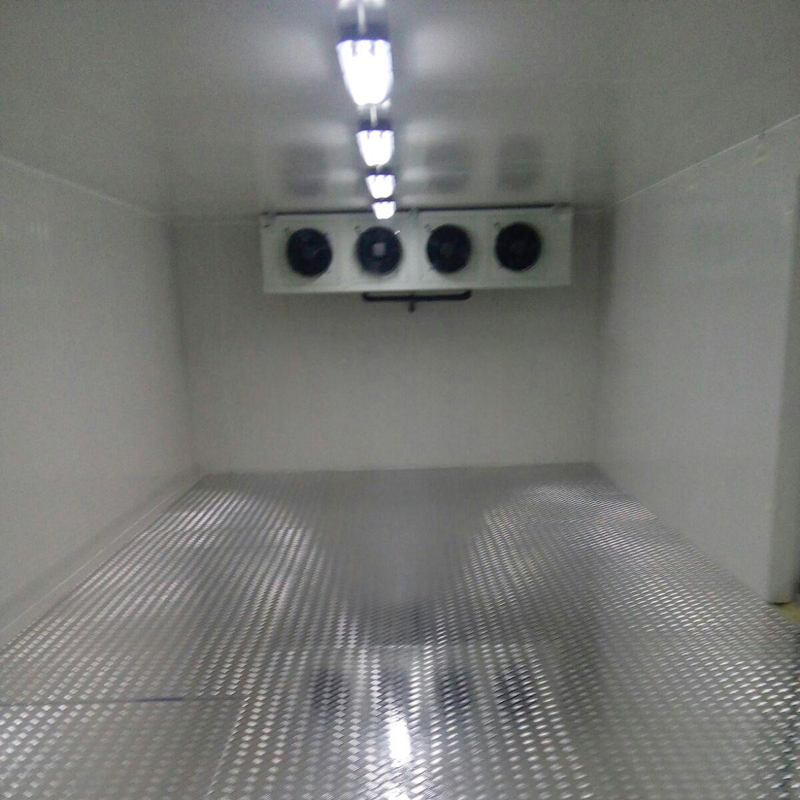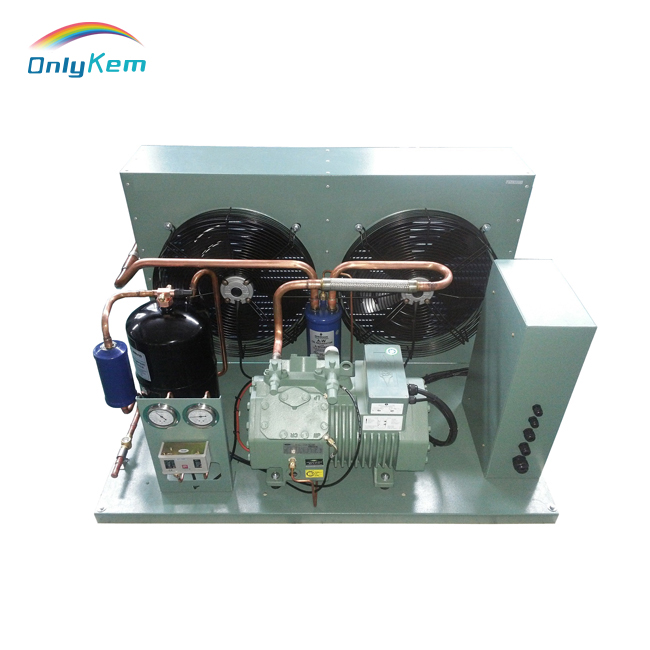Cold room systems are basic facilities for cold storage in commercial and industrial food business, pharmaceutical field, seafood business, poultry business and some other fields. Some users know little the correct operation of cold storage room, so sometimes it will cause high power consumption, sometimes it has potentially dangerous. How to operate cold room systems correctly is very important for cold room users, it can extend its lifetime and guarantee its safety if you use or operate cold room systems correctly. The followed are some suggestions on how to operate cold room systems correctly and how to keep routine cold room maintenance. We hope these suggestions are helpful for you!
1. How to use the doors of cold room systems properly?
In order to prevent the damage of cold room doors, please open or close doors lightly.
In order to prevent the leakage of cold air, please kindly close the cold room doors quickly. If we open the cold room doors for a long time, outside hot air will enter inside of room, caused severe frost of fins, then it will have bad cooling effect.

2. How to display products properly in the cold room systems?
When we display goods in cold rooms, donвҖҷt block the suction or exhaustion port of the evaporator, please keep the suction or exhaustion port be always open, and distribute the cooling air evenly. In order to make cold air distributed well, the left, right, up and down of the goods should be 5cm distance from each other.
We often see that the suction inlet is blocked by the goods, which will reduce the intake of cold air, resulting in decrease of cooling capacity and damage of the goods.

3.Maintenance and repair for the compressor:
- The freezing oil level is between the upper and lower limits of the oil monitor, and the oil is not cloudy.
- Using liquid sight glass to check the refrigerant charge.
- Check the compressor oil level.
- Check the compressor crankcase heater operation.
- Check the main power supply and control voltage.
- Check the appearance of the condensing
- Check the system pressure.
- Check the cooling system, if it has leakage.
- Check the suction filter and liquid drying filter.
- Check that all bolts, fittings and piping clamps are tight.
- Inspect the condenser fan blade paddles and motor assembly for cracks, loose screws, or connection bolts.
- Check the suction / exhaust / liquid refrigerant pressure and temperature.
- Check the compressorвҖҷscurrent, over-heatdegrees, liquid over-cold degrees and ambient temperature.


 2019-02-22 19:52:46
2019-02-22 19:52:46 7052
7052


 Customer service
Customer service


 Message board
Message board
 TOP
TOP